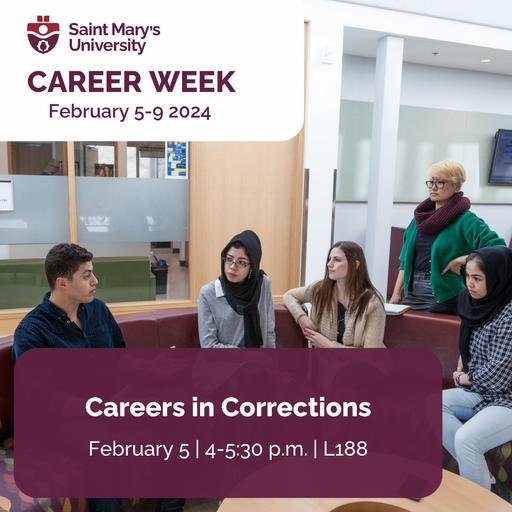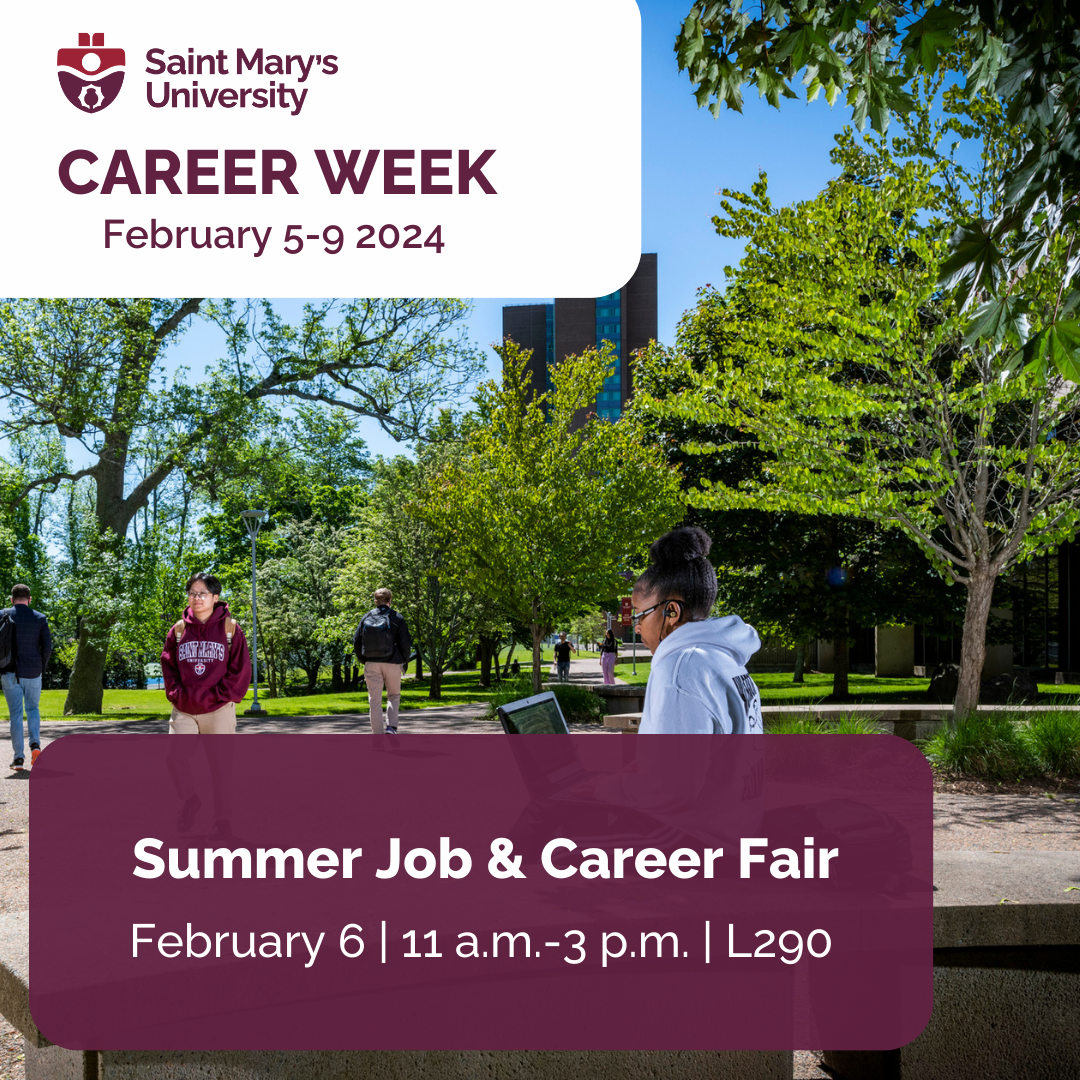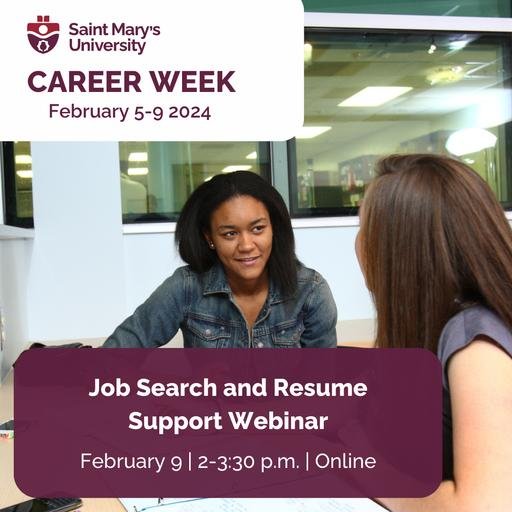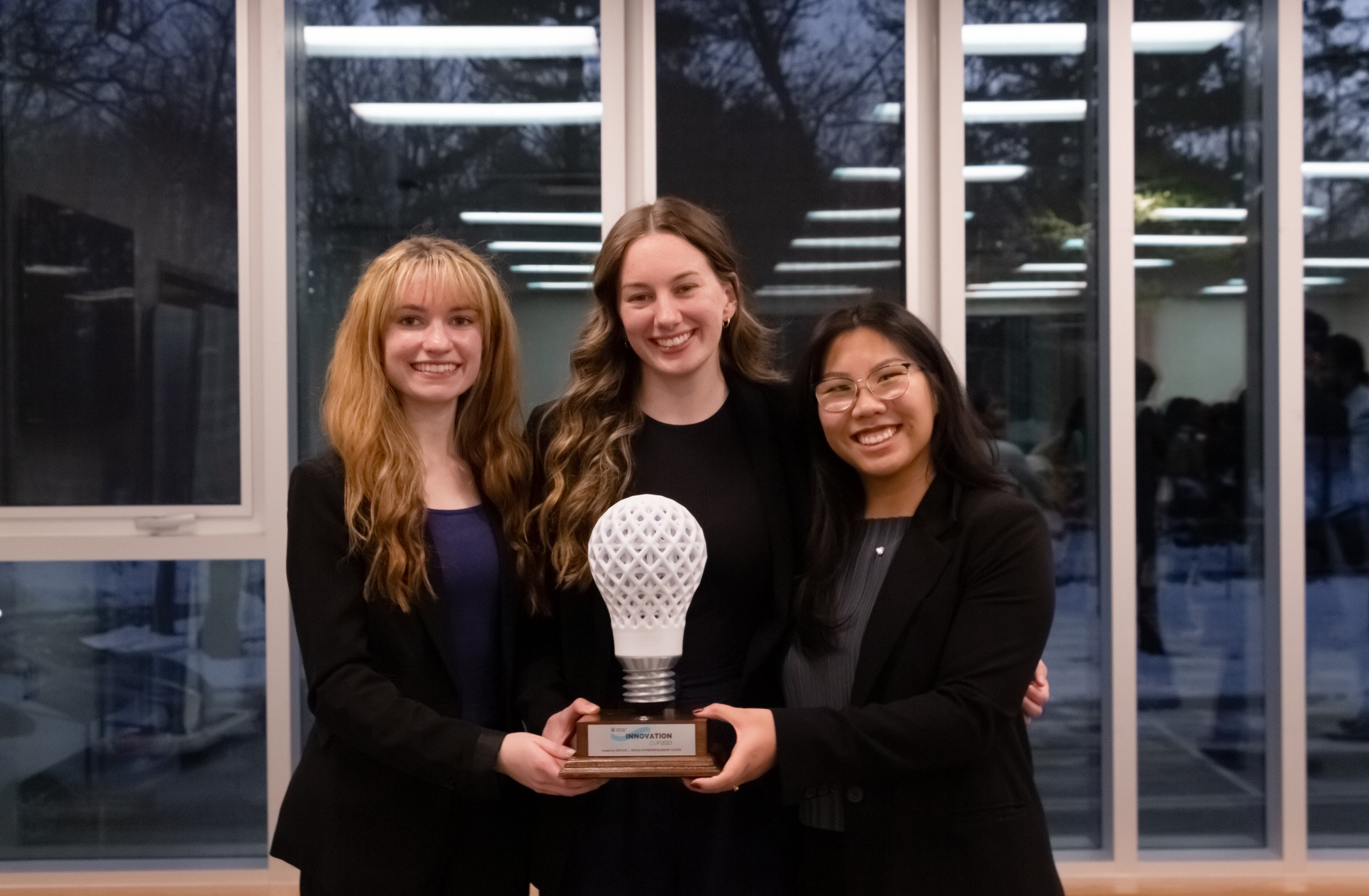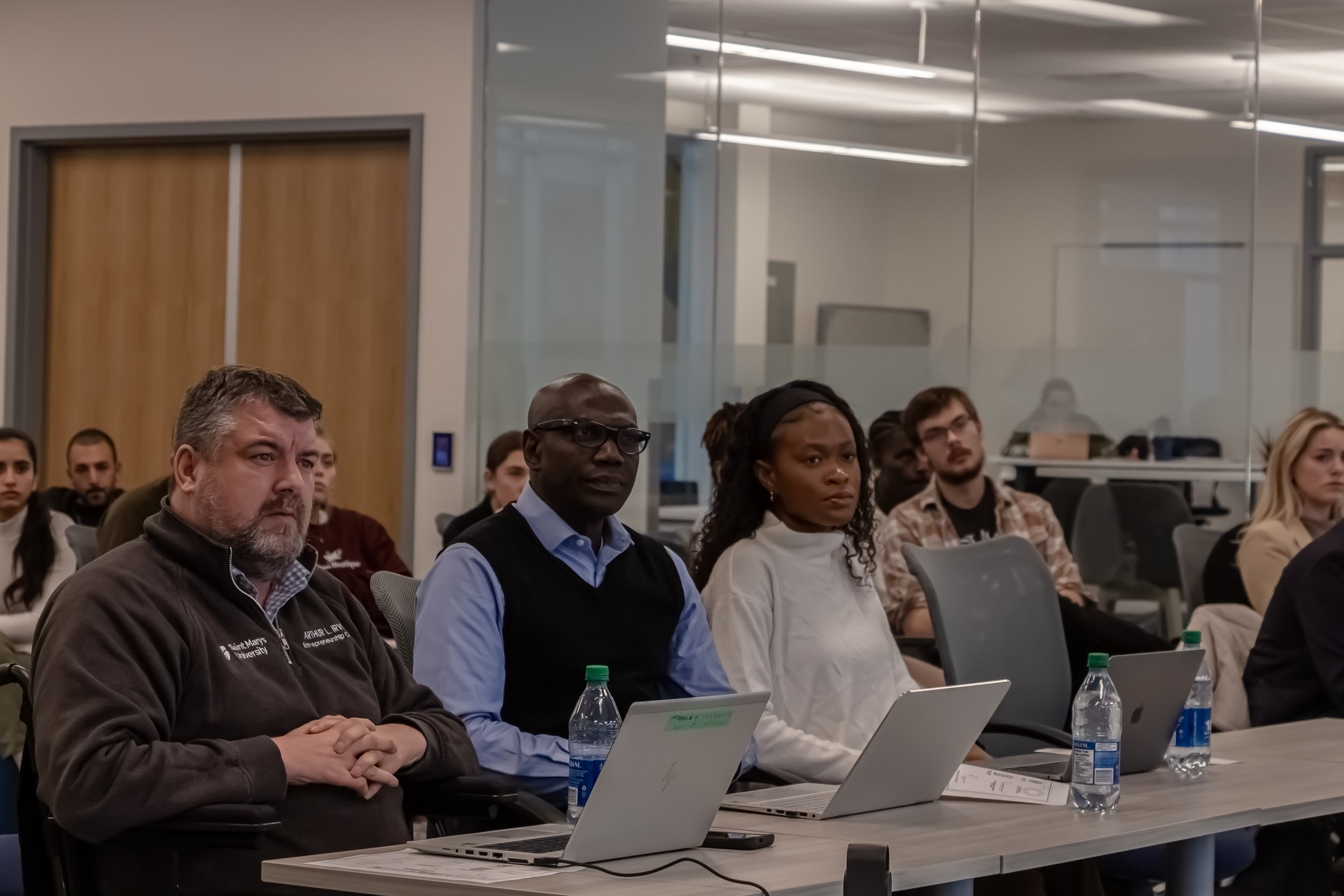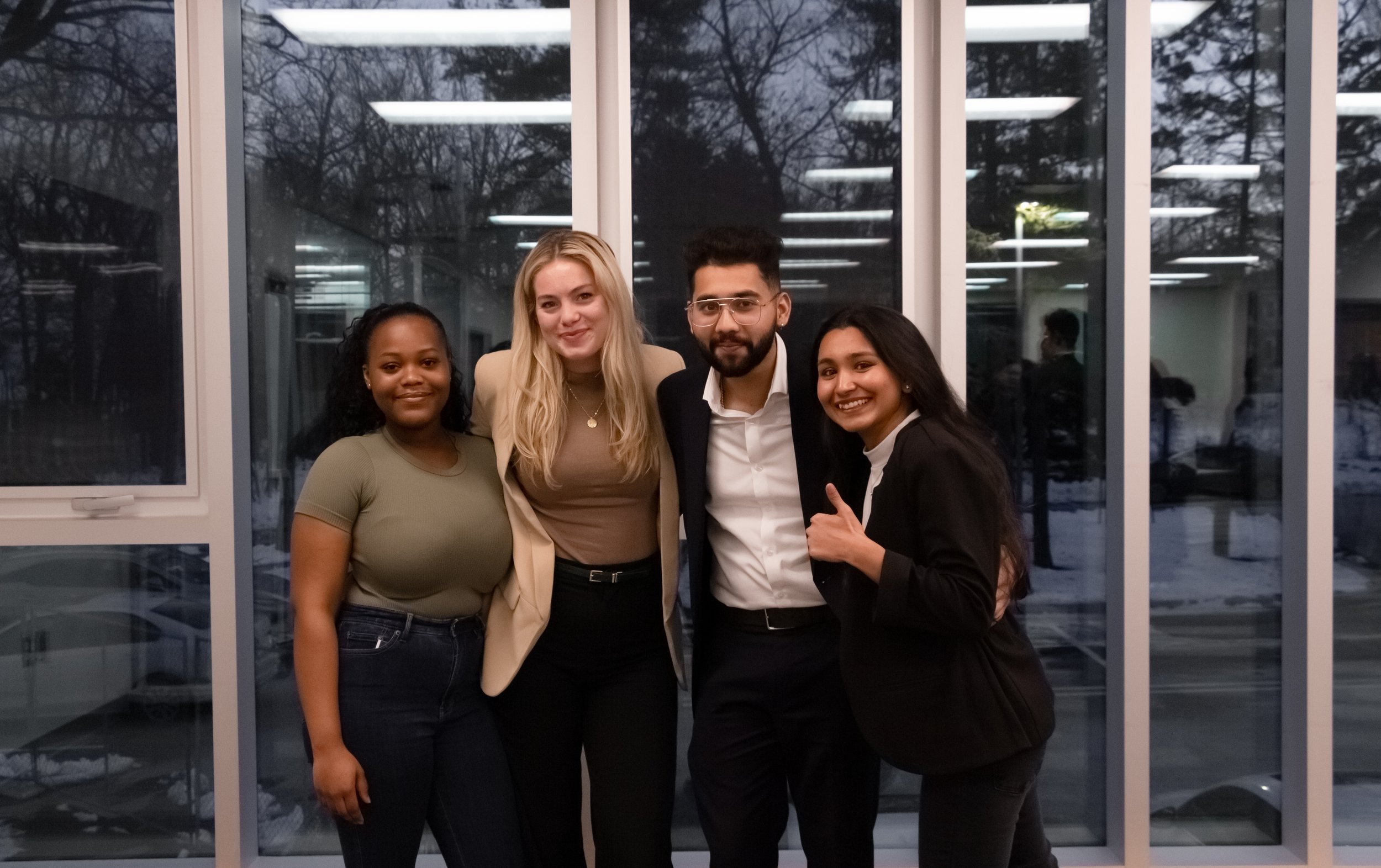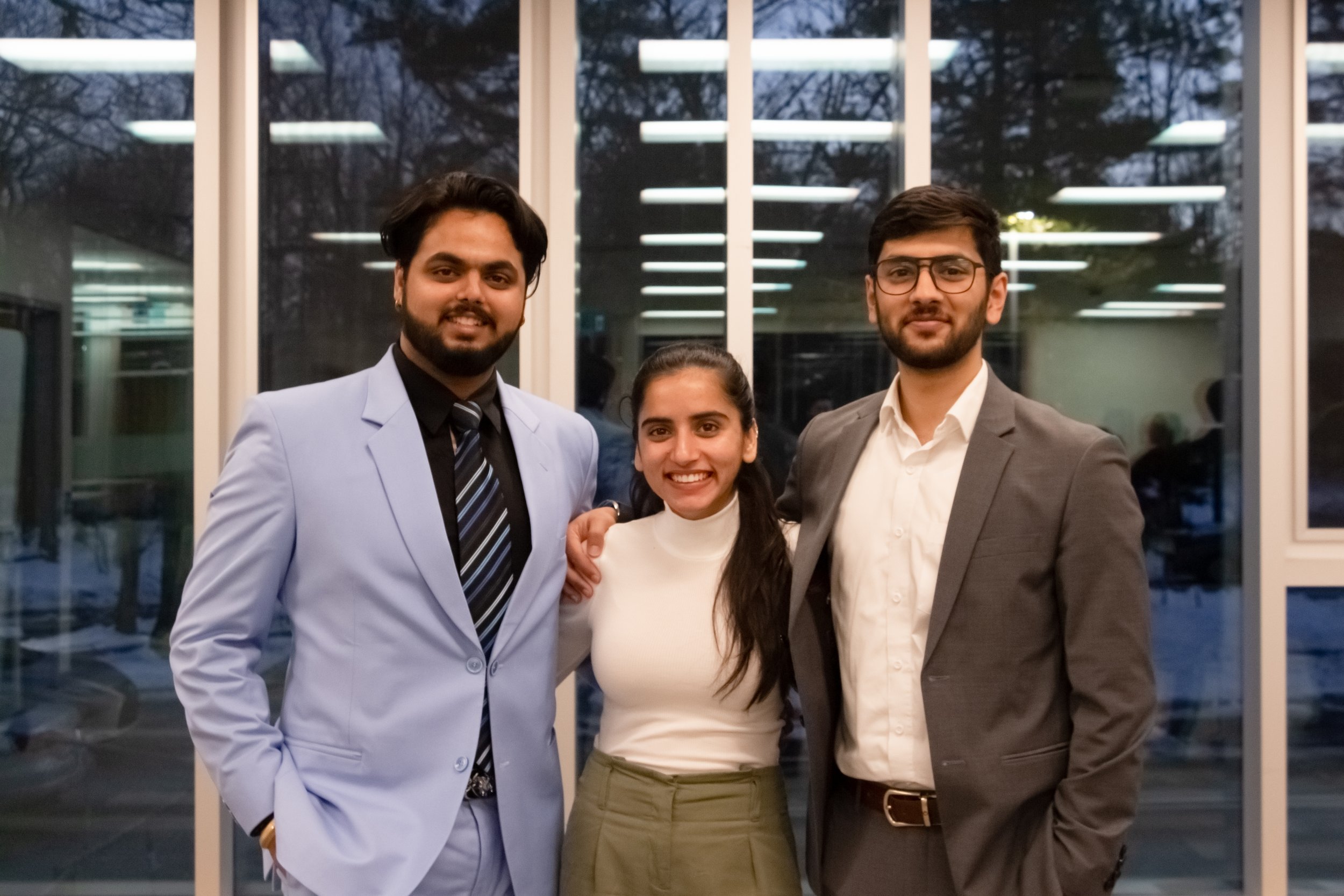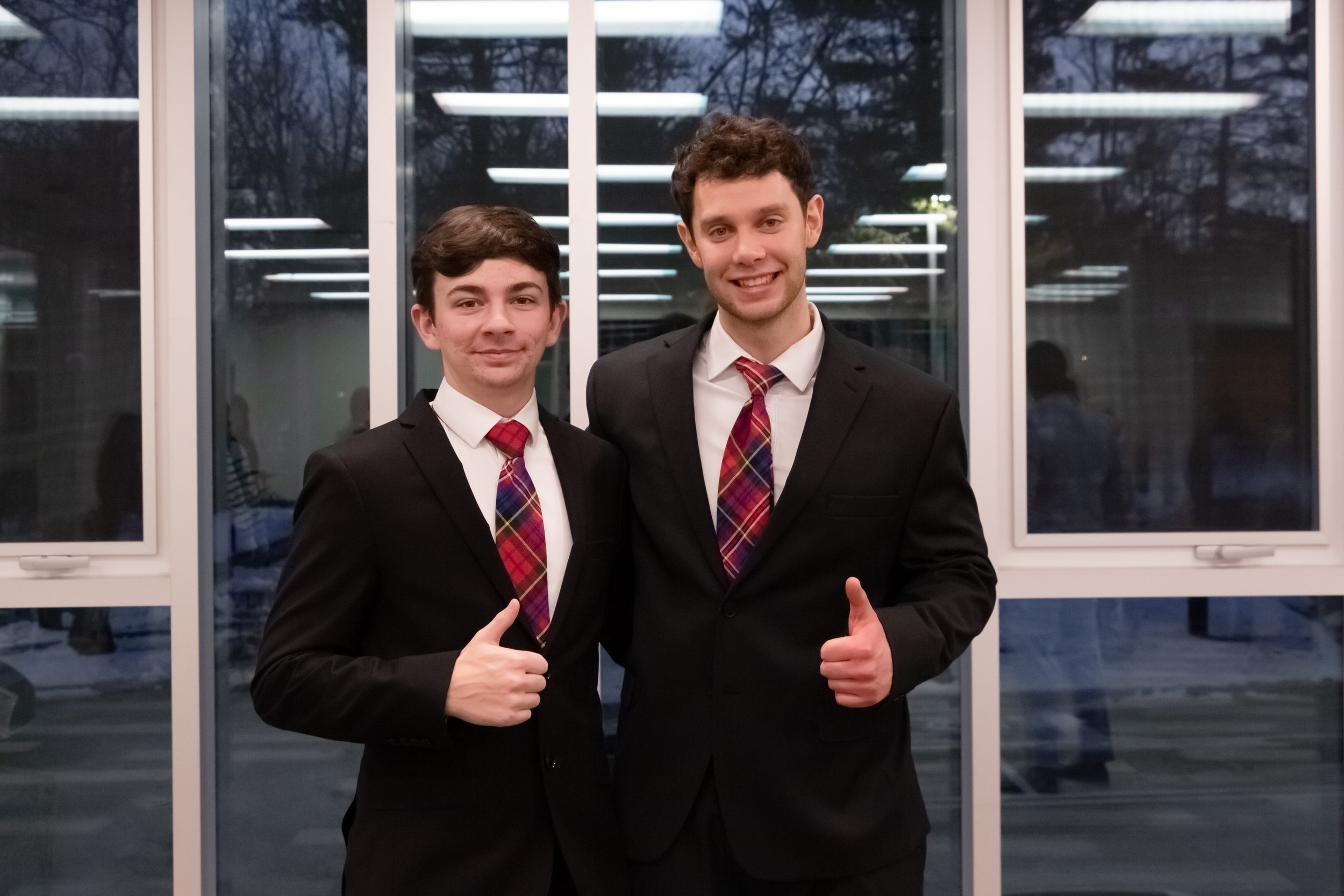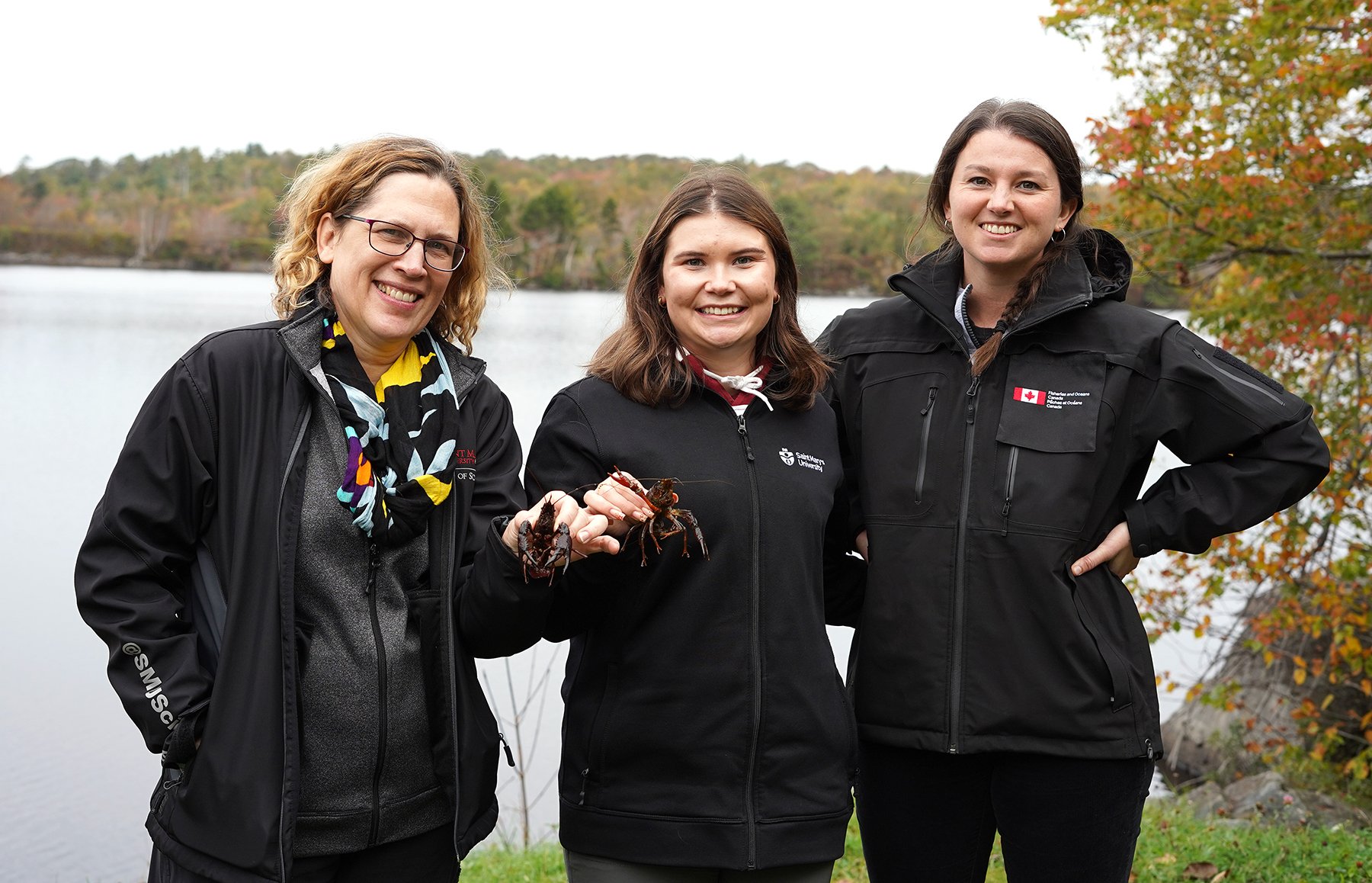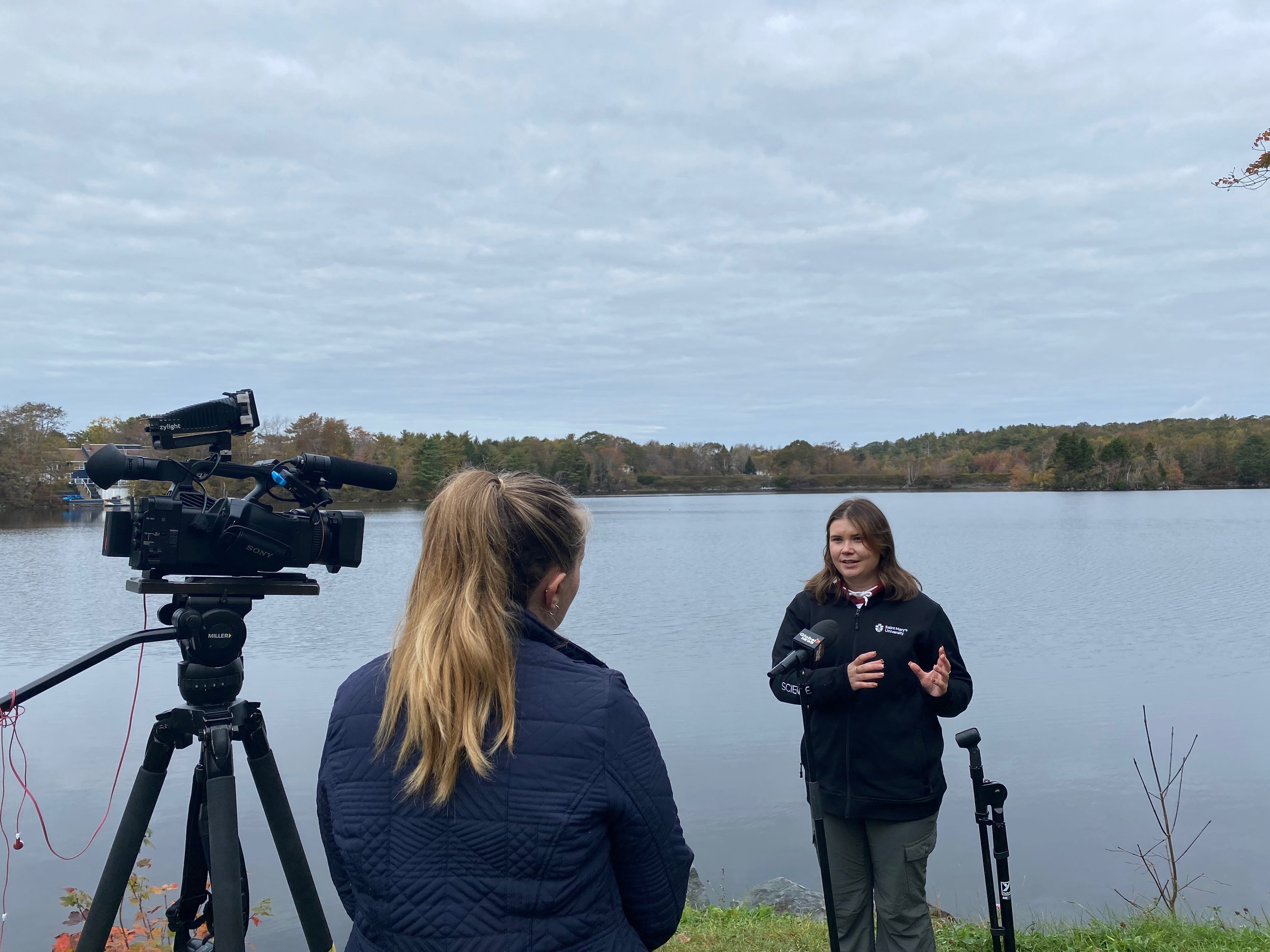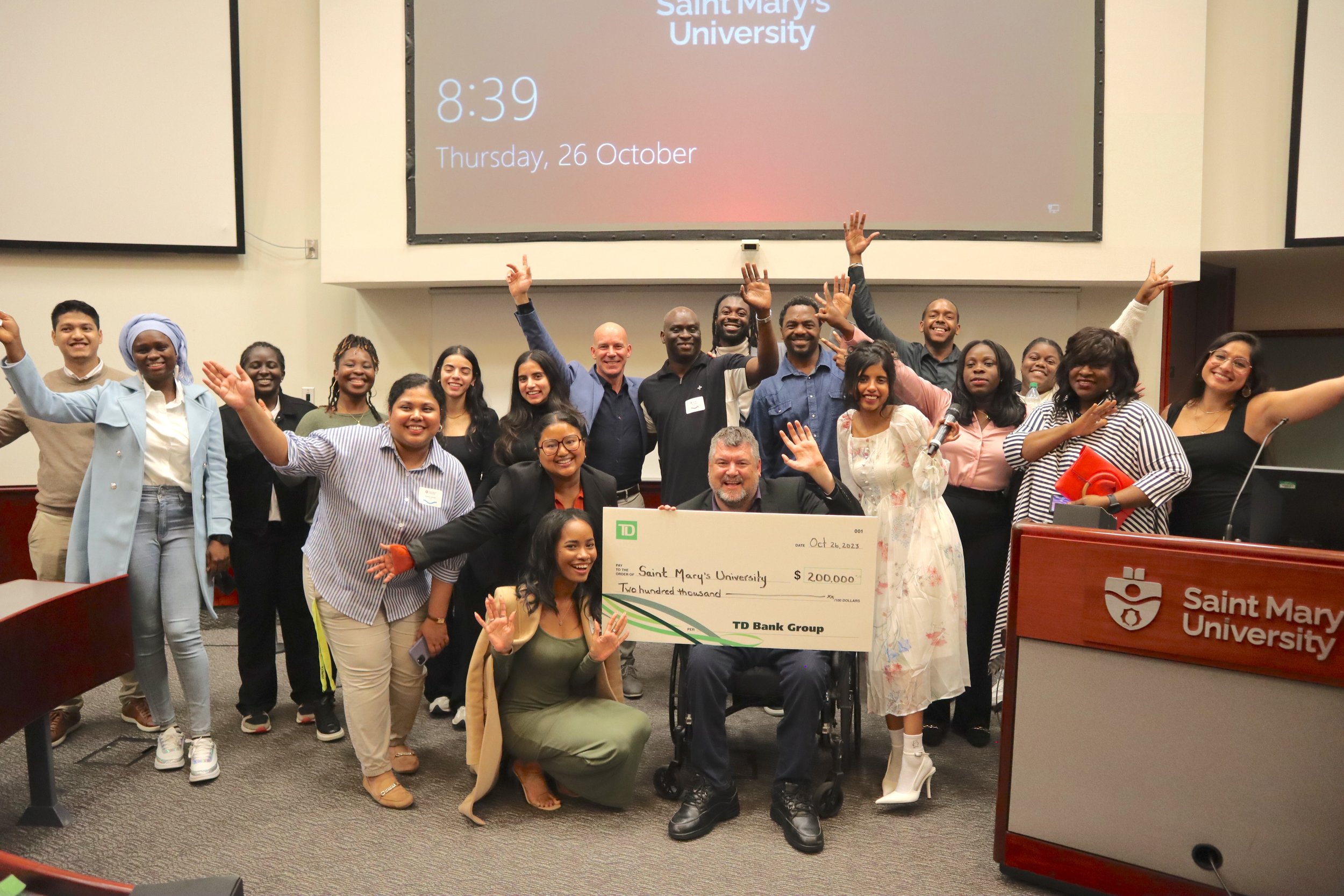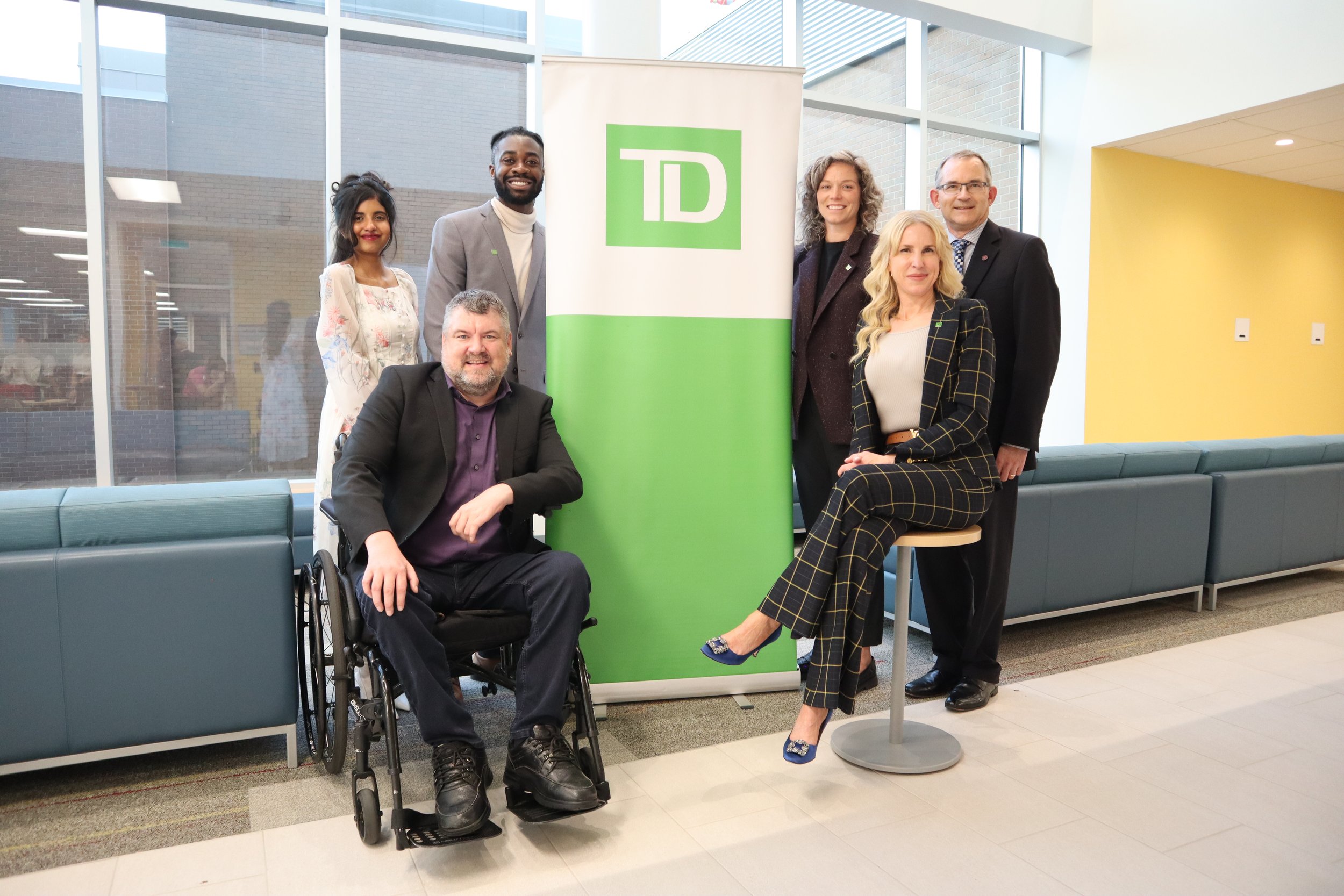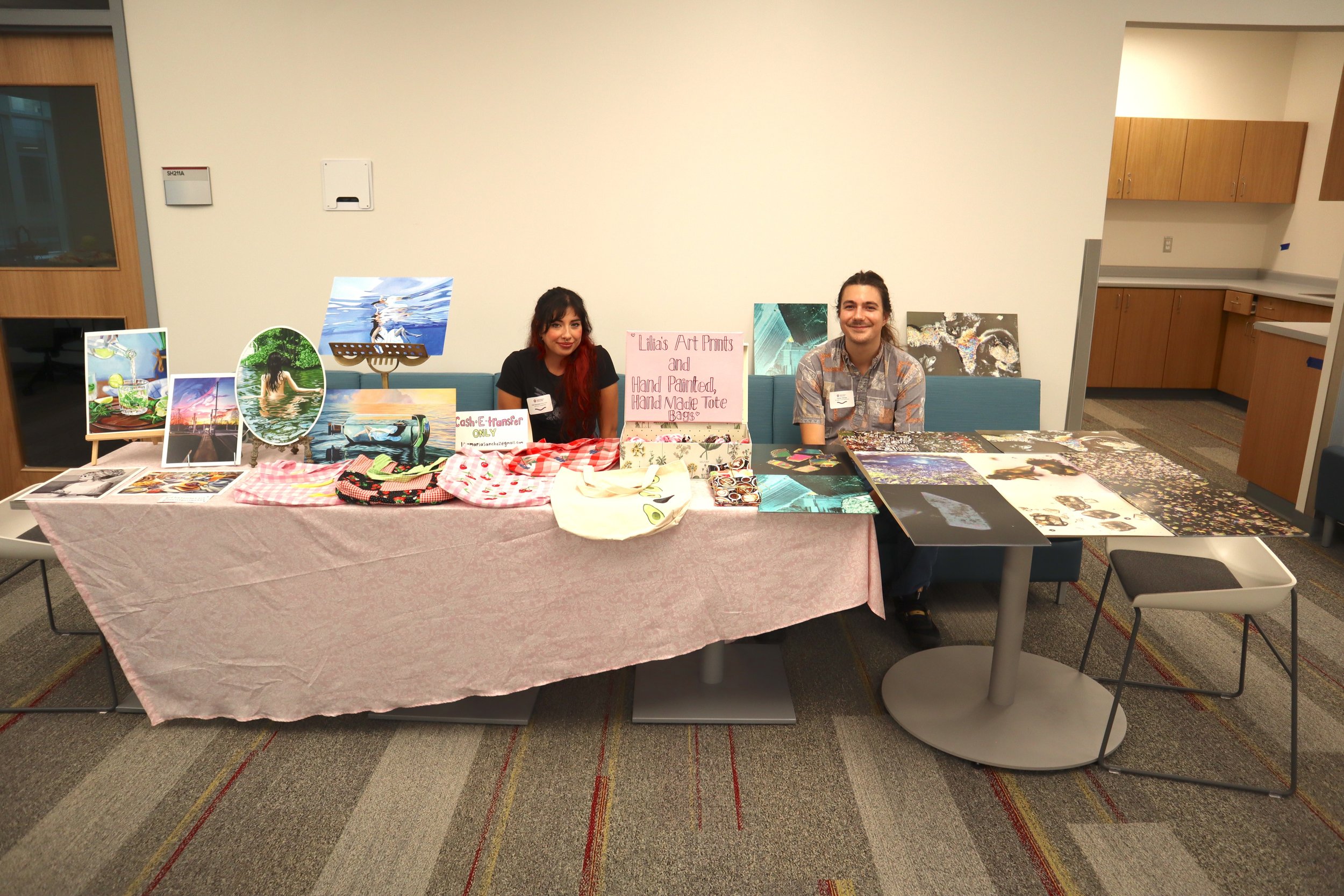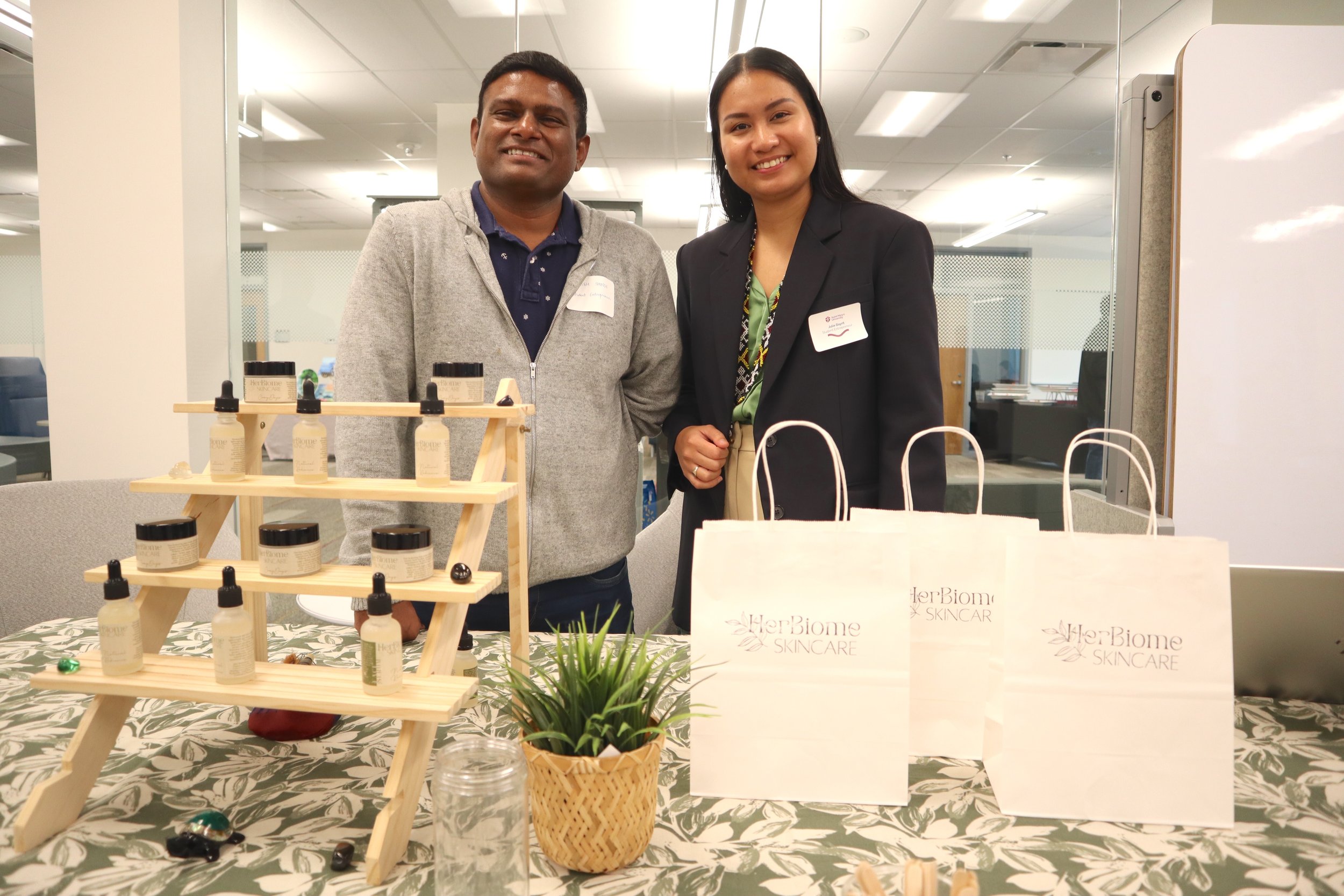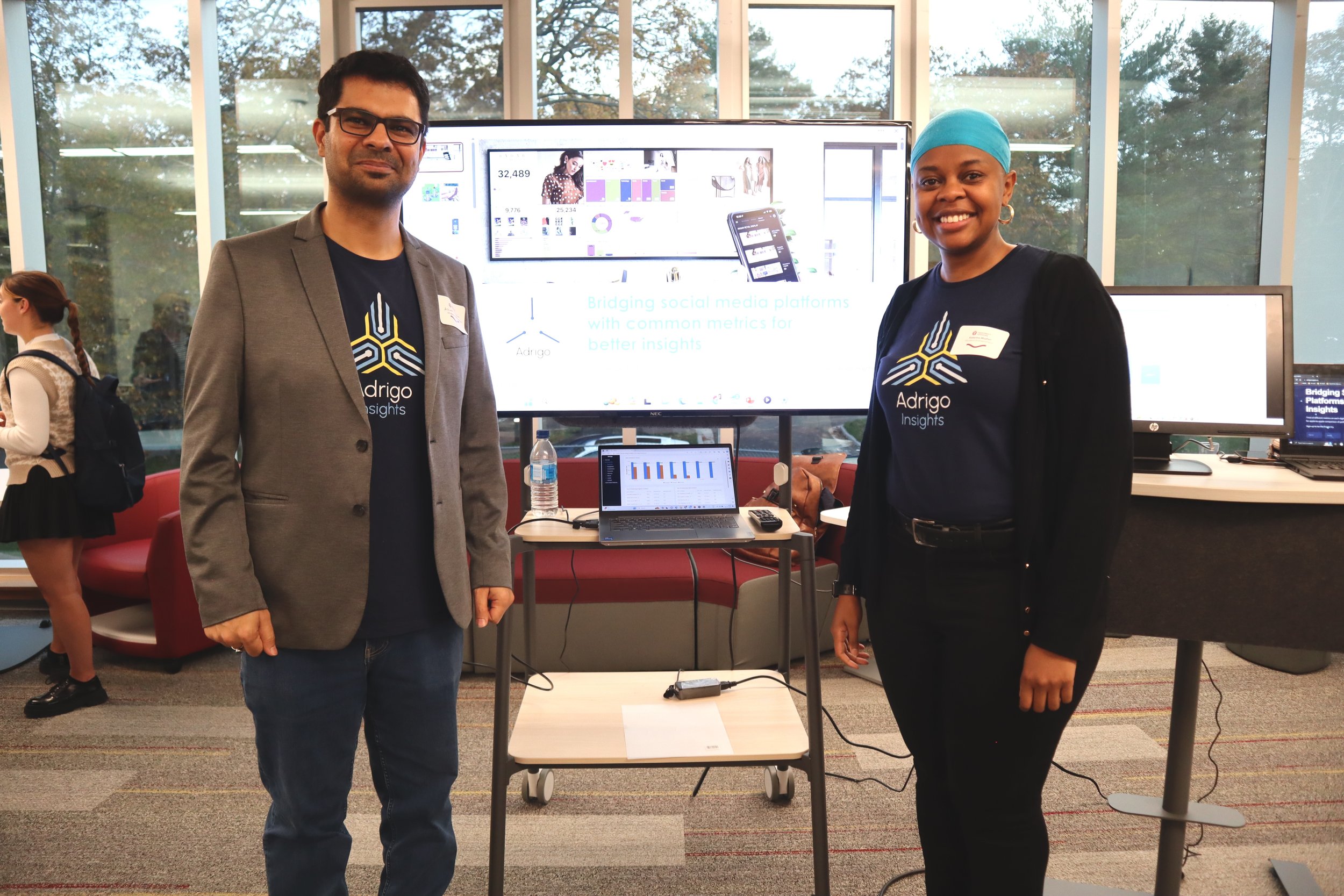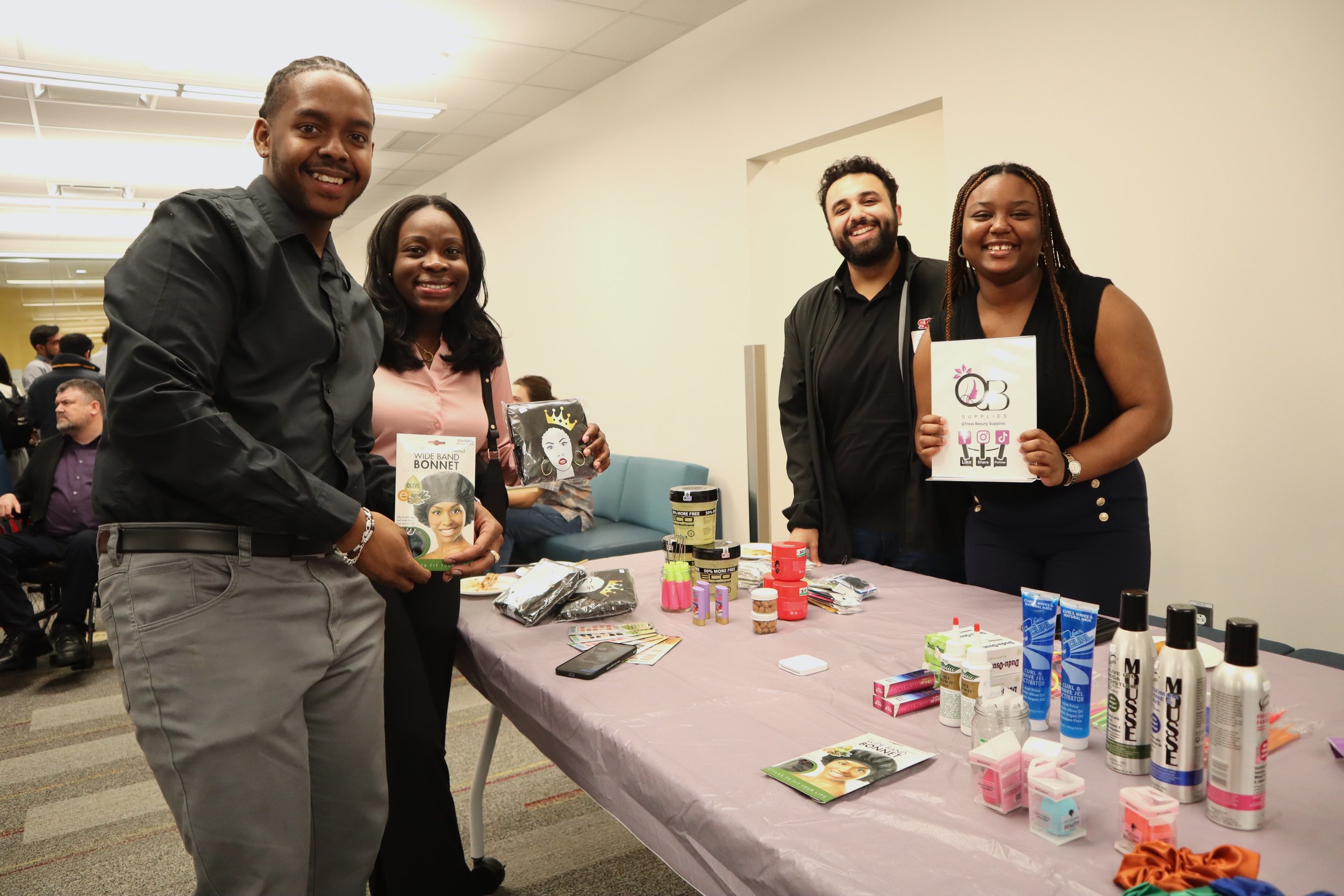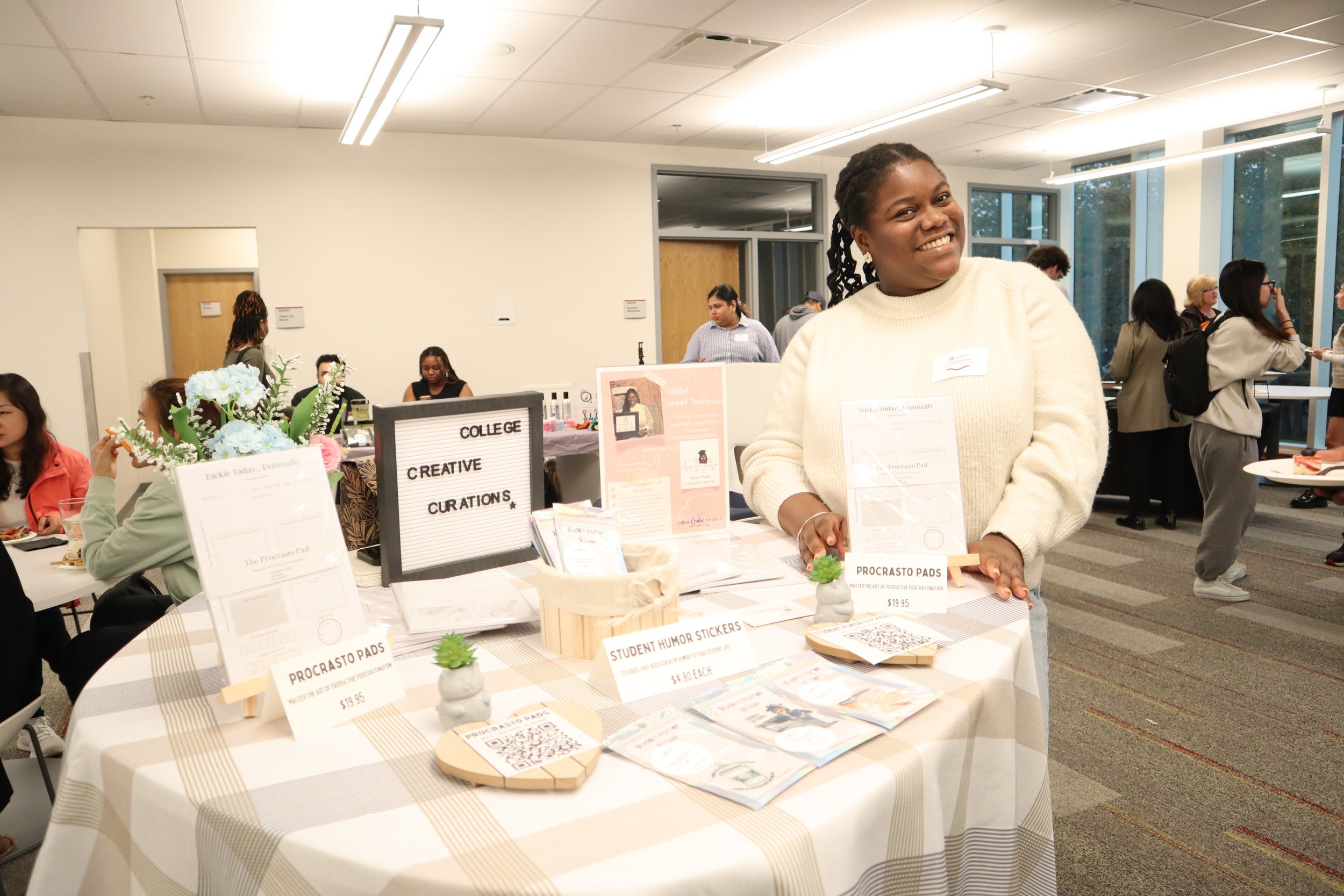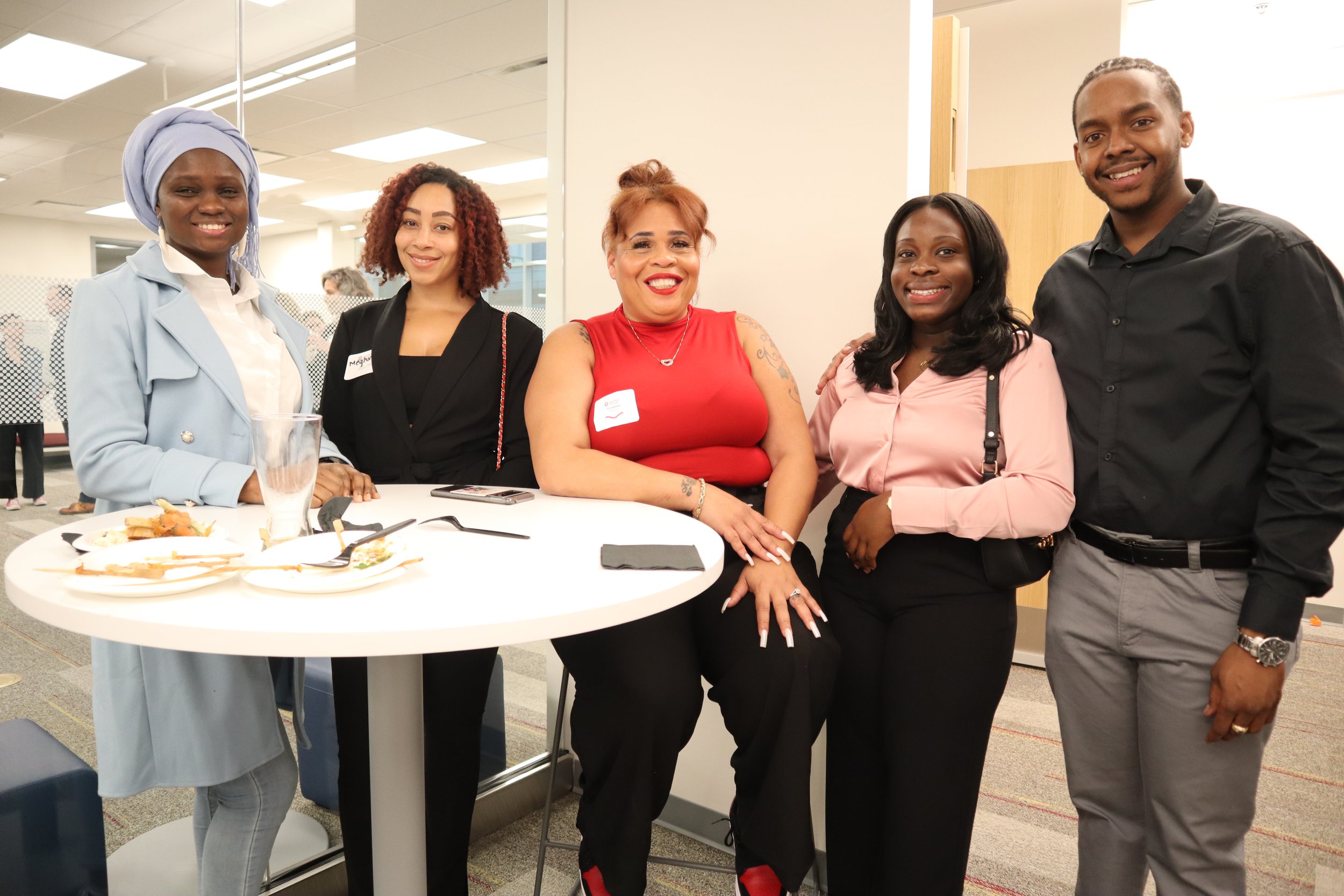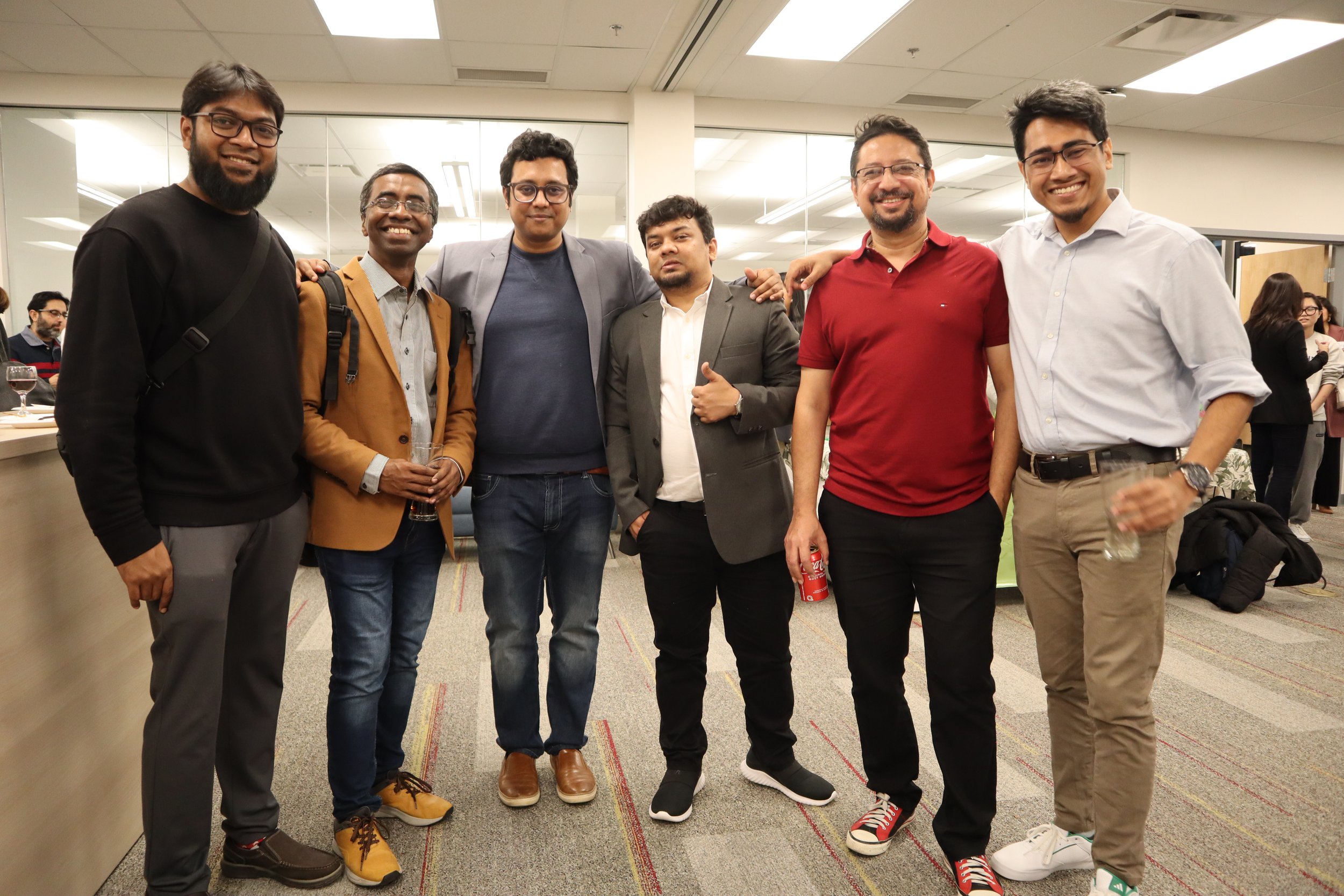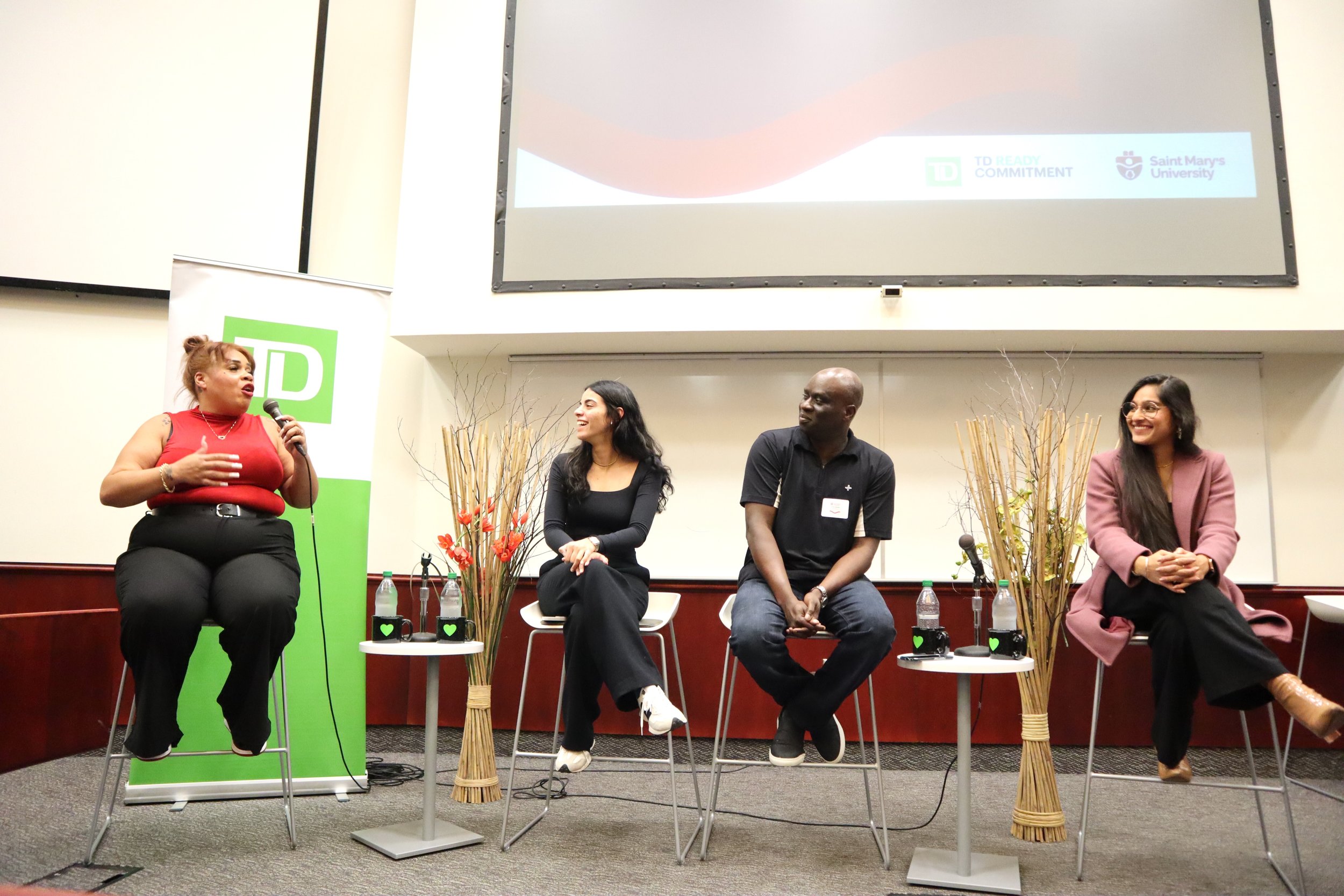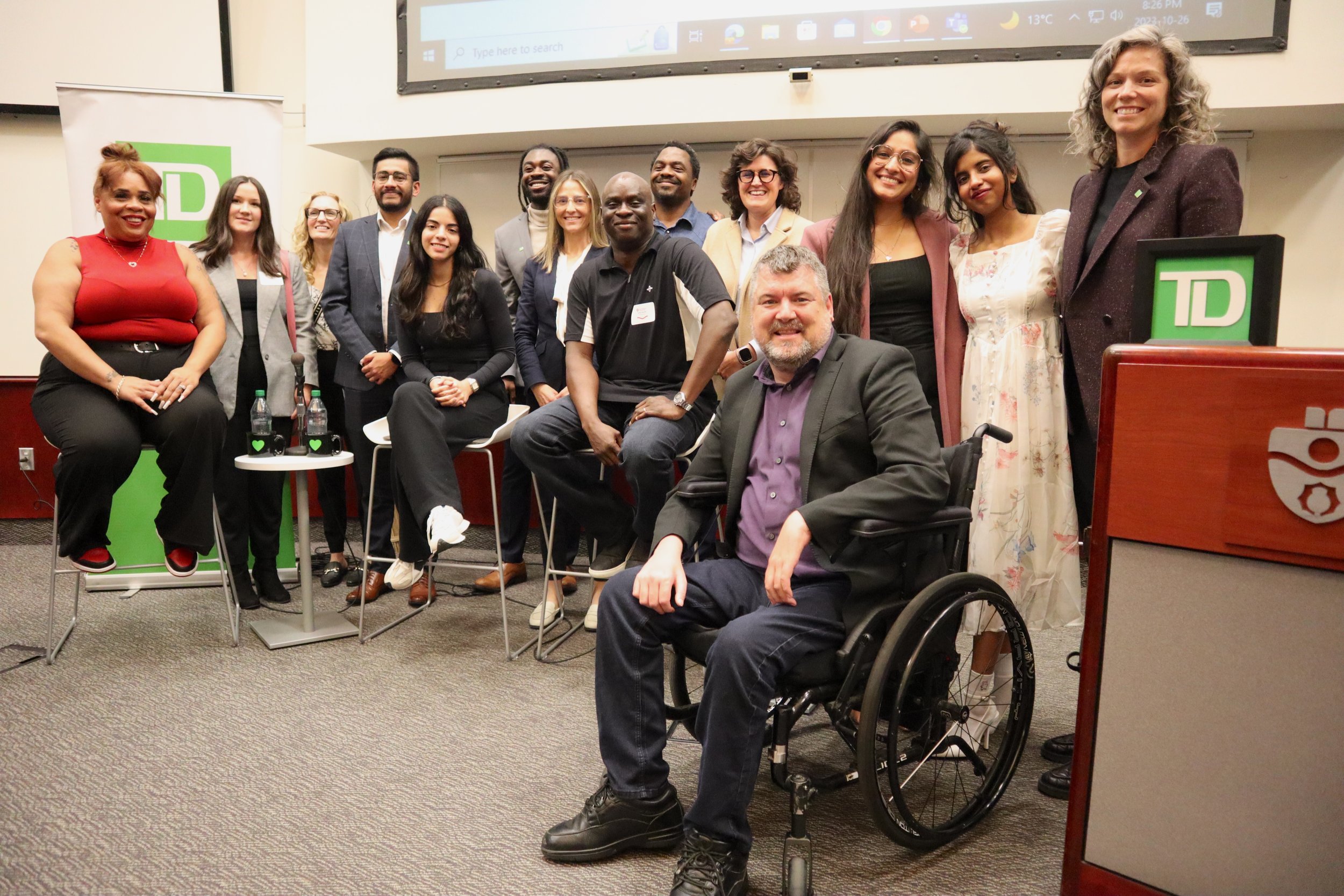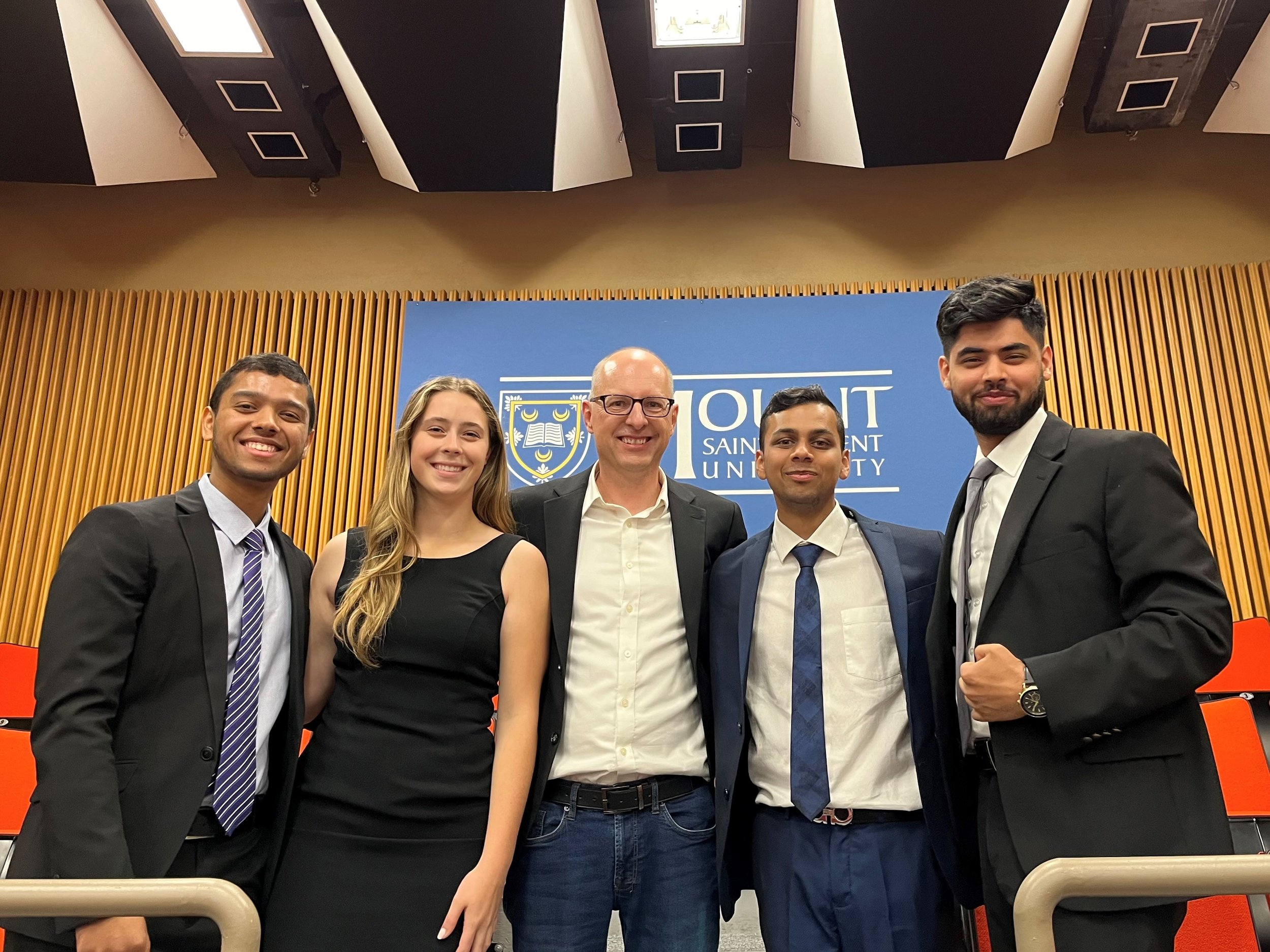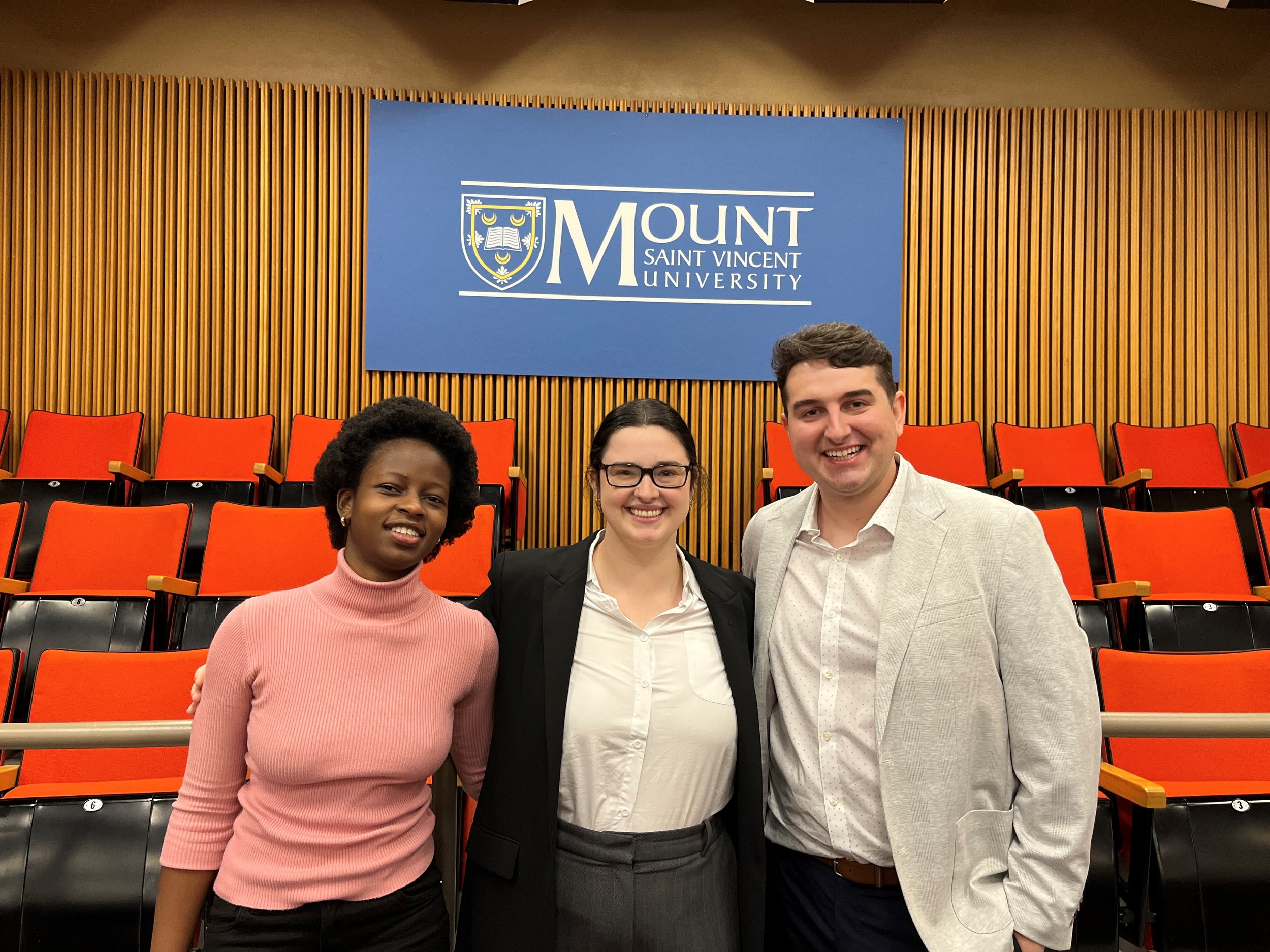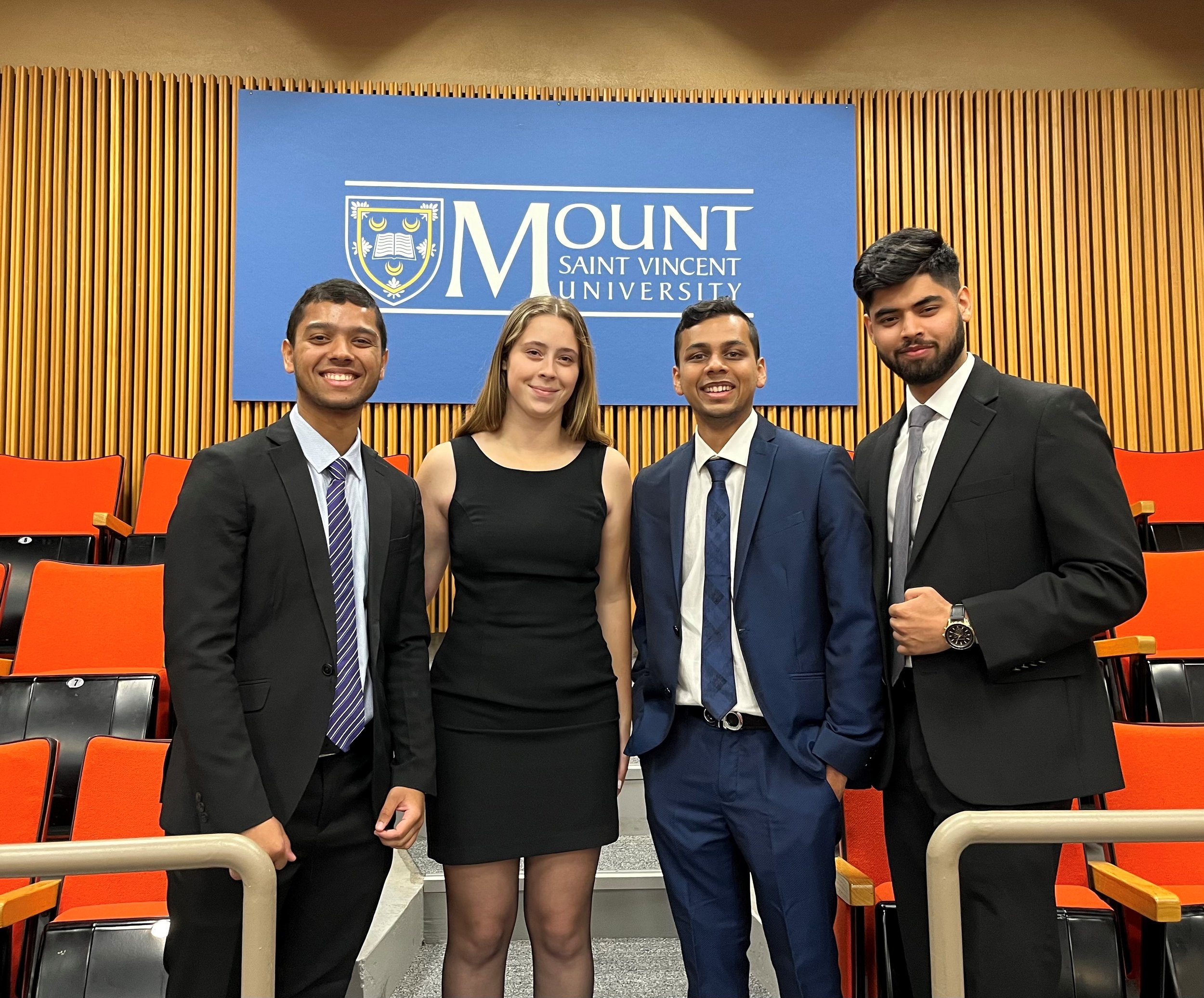Join us for Career Week 2024, from February 5-9, 2024! Over these five days, you will have the opportunity to attend fun interactive sessions, network with employers, meet SMU alumni, prepare for graduation, participate in skill-developing workshops and more! This week is designed to teach you what's next for your job or future career at any point in your degree.
See the event descriptions below for registration details.
Career Week 2024 Events
Careers in Corrections
Monday, February 5 | 4-5:30 p.m.
Loyola 188
Cancelled due to the weather-related campus closure.
Summer Job & Career Fair
Tuesday, February 6 | 11 a.m.-3 p.m.
Loyola 290
Are you interested in learning about employment opportunities or finding a summer job?
The Summer Job & Career Fair provides students with an opportunity to connect with a diverse range of hiring employers to share their skills, ideas and talents. Students who are eager to put their skills to good use in new roles will get a chance to interact and learn about opportunities from employers in their desired fields.
Grad Expo
Wednesday, February 7 | 10 a.m.-3 p.m.
Loyola 290
2024 graduates can stop by the Grad Expo to learn about alumni benefits, grad photos, student loan repayment, convocation, resources for new graduates and more!
Your Next Chapter Abroad: Insights for International Students
Wednesday, February 7 | 3:30-5 p.m.
Loyola 290
Do you have questions about staying in Canada after graduation and how to prepare? Join us for an insightful panel discussion designed for international students preparing for graduation. Our expert panel of young alumni and industry experts including representatives from the International Centre and Office of the Registrar will share valuable insights and advice for a successful transition to your professional life after graduation.
Register for Your Next Chapter Abroad: Insights for International Students
Drop-In Career Exploration for Arts Students
Thursday, February 8 | 10 a.m.-3 p.m.
Arts Commons, McNally Main 214
A "feel good" event for Arts students. Drop by the Arts Commons to find out more about the power of your Arts degree as you transition out of university and into a career. Explore whether grad school might be for you, learn tricks and tips on how Arts students can job hunt successfully, and do some inner exploration on your values, beliefs and goals. You have more options than you think!
LinkedIn Photoshoot
Thursday, February 8 | 3-5 p.m.
Student Centre, 4th floor
Elevate your LinkedIn profile with a new professional photo! All students are invited to get a professional headshot taken by a photographer for free at the Career and Experiential Learning office on the 4th floor of the Student Centre between 3-5 p.m. Remember to dress in professional attire!
Sign up in advance to book your spot for the LinkedIn Photoshoot
Bring Yourself to Work: Authenticity and Inclusivity in the Workforce
Thursday, February 8 | 4-5:30 p.m.
Unilever Lounge (Sobey 422)
Join us for a thought-provoking panel discussion featuring recruiters, employers and industry professionals as they share invaluable insights on Equity, Diversity, Inclusion and Accessibility (EDIA) in the workforce. This event is tailored for students who are eager to understand the crucial role of EDIA in shaping thriving workplaces and building successful careers.
Register for Bring Yourself to Work: Authenticity and Inclusivity in the Workforce
How to Apply for the Government
Friday, February 9 | 12-1 p.m.
Online event
This virtual session will go over the application process for government jobs. If you're thinking about working for the Government of Canada, you don't want to miss this online event!
Register for How to Apply for the Government and receive an online link to the session by email.
Job Search and Resume Support Webinar
Friday, February 9 | 2-3:30 p.m.
Online event
This virtual session will provide an overview of formatting, structure and best practices for building a resume and searching for work opportunities.


